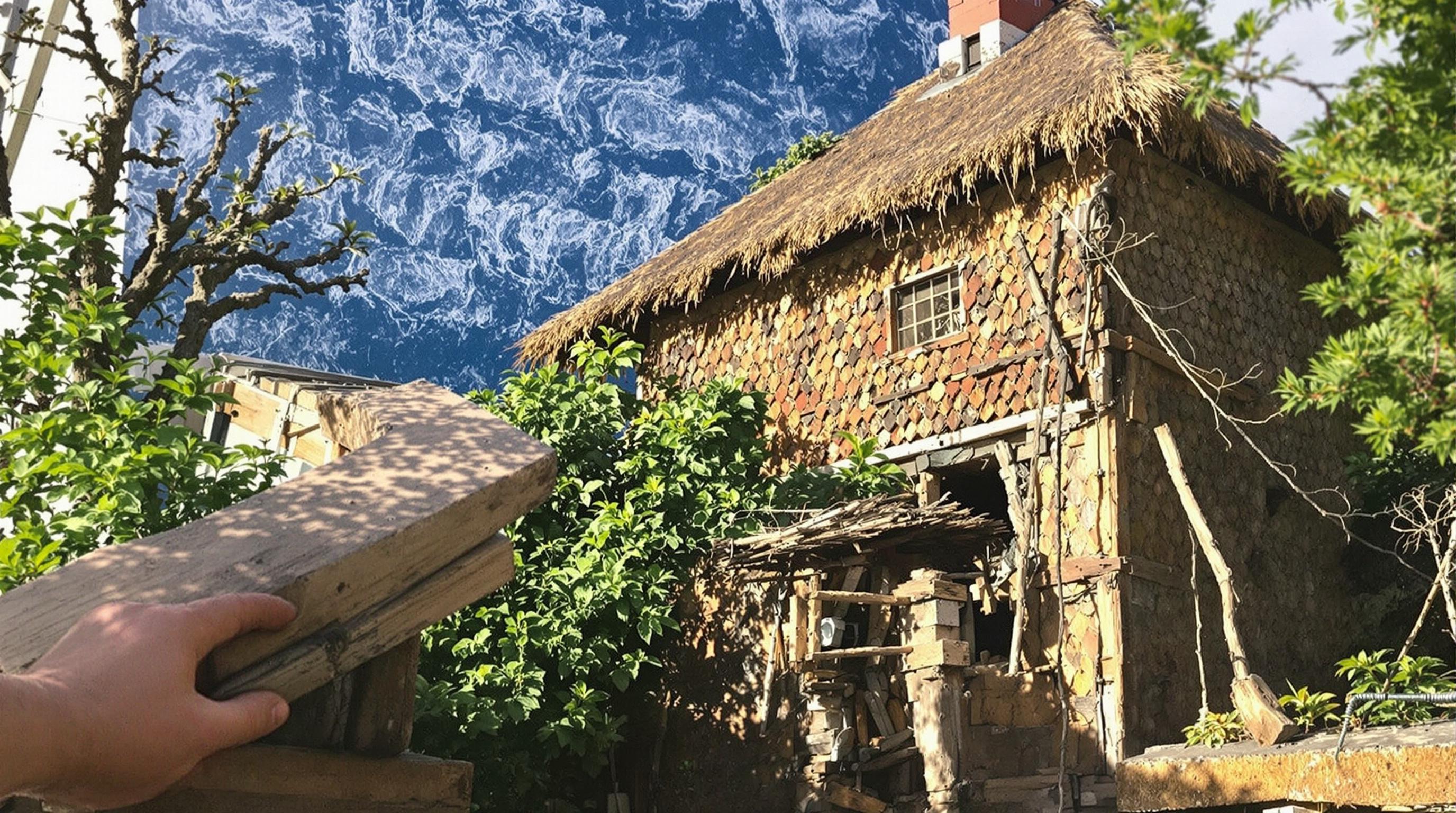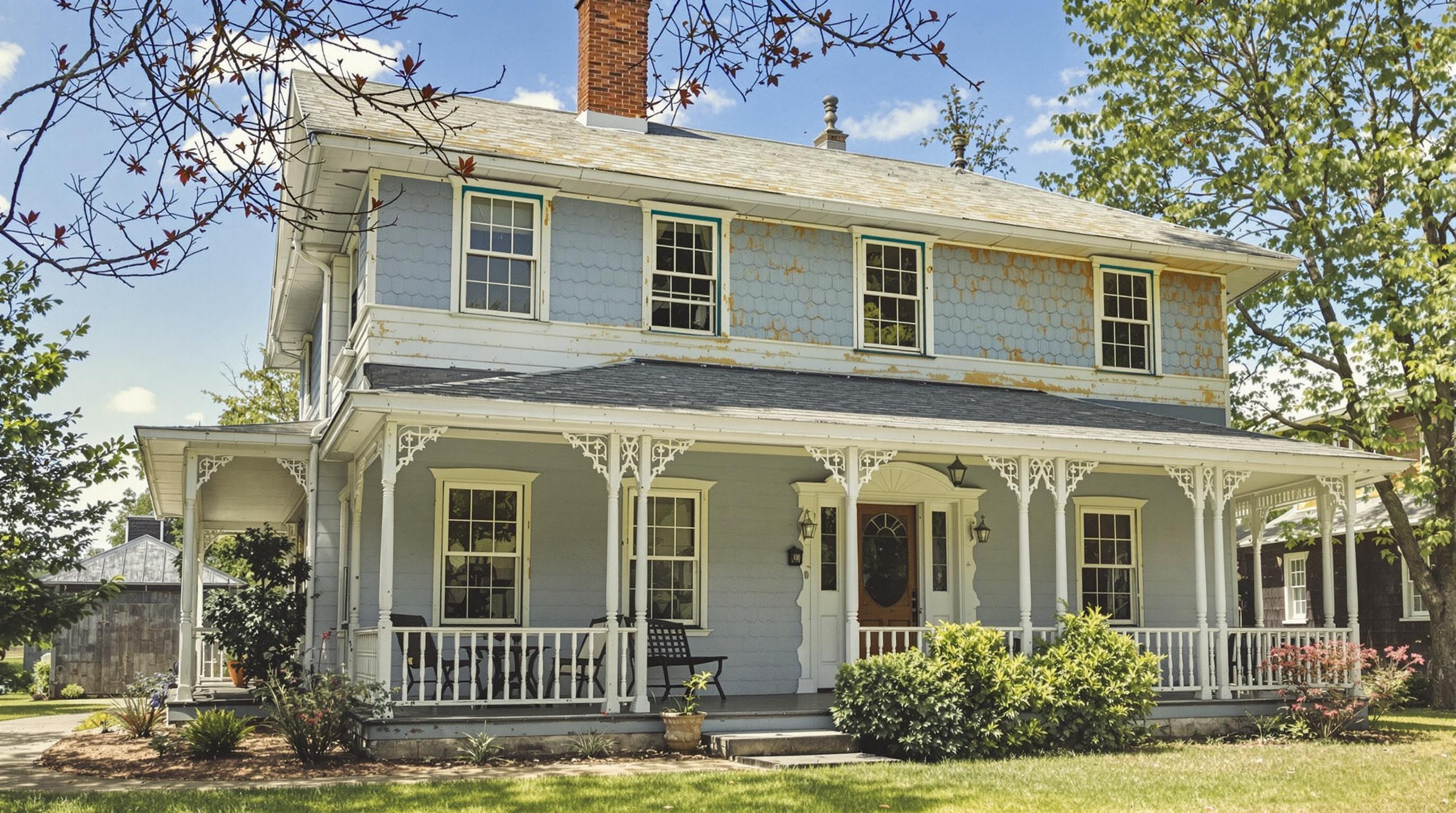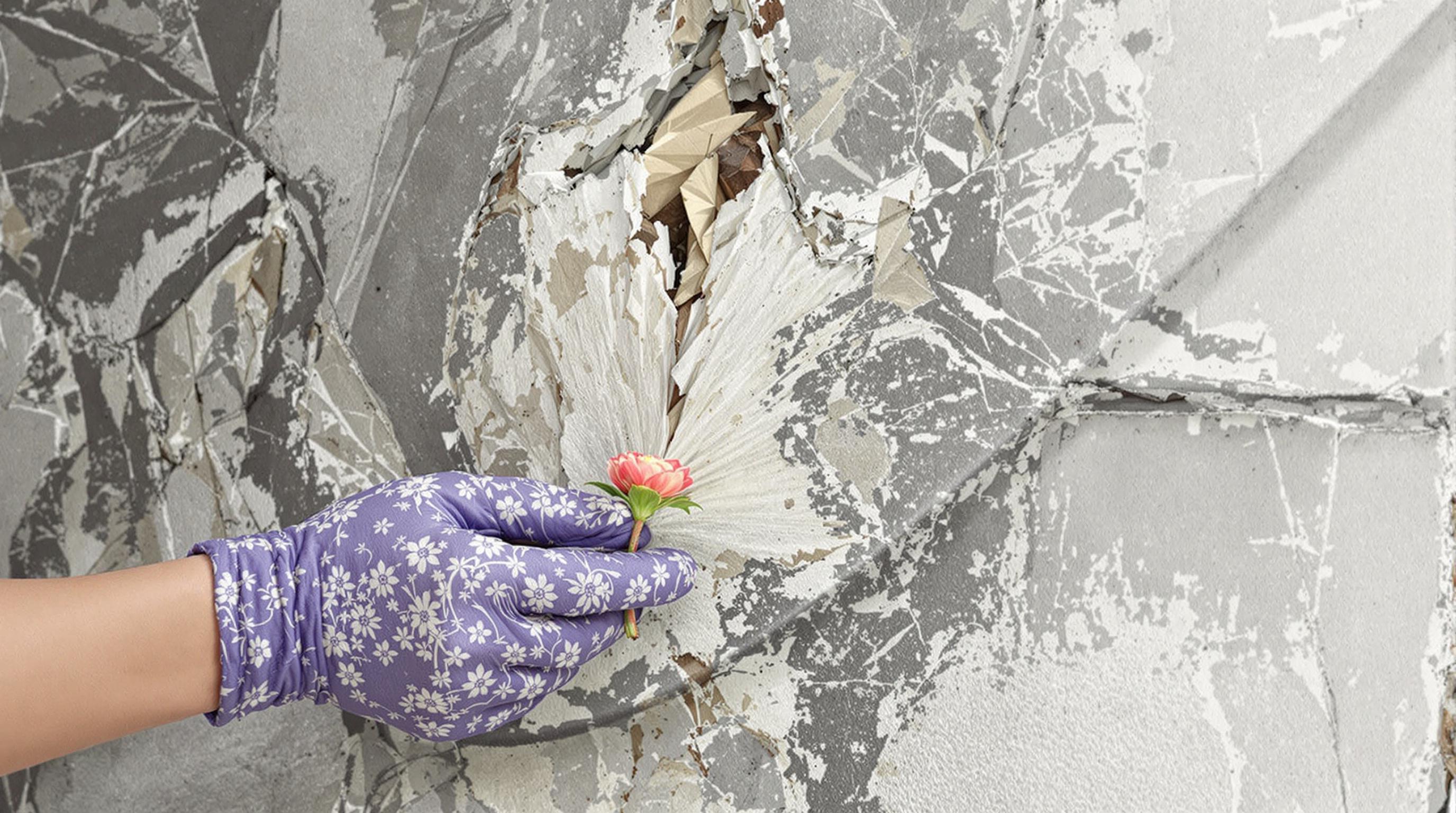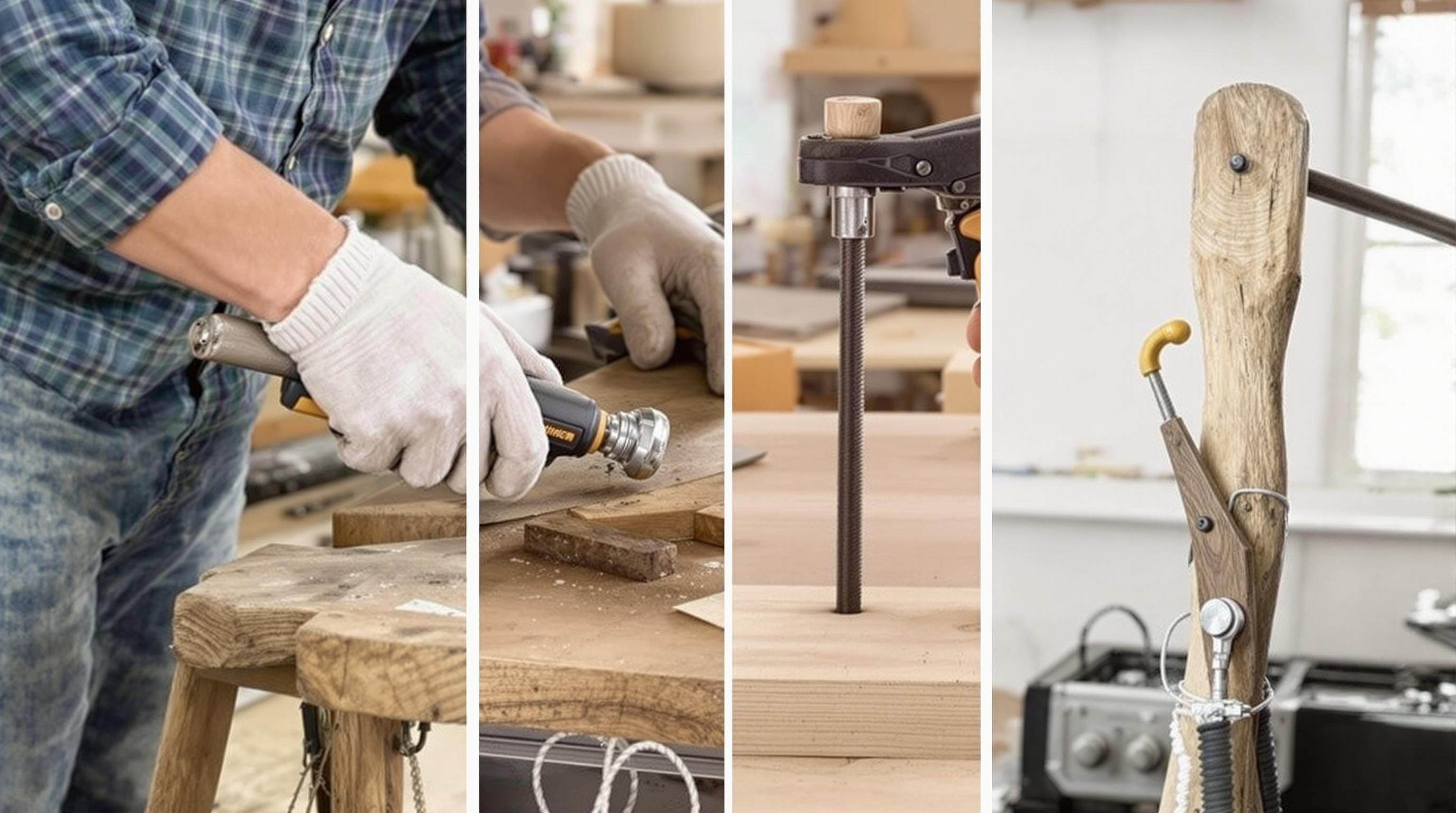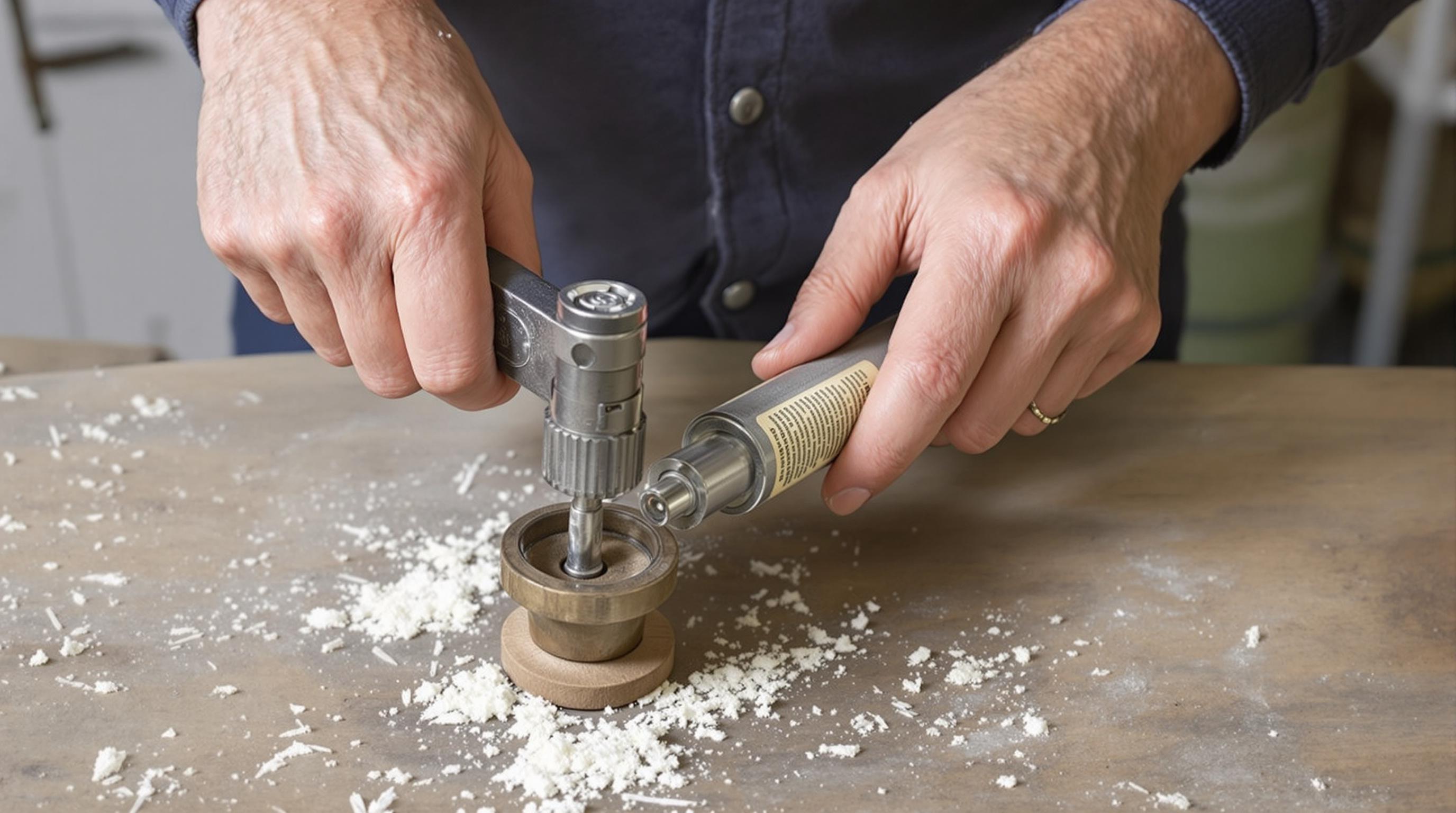Related Articles
- The Hidden Influence of Ergonomics: How Tool Design Shapes Our Physical Spaces and Daily Lives
- The Silent Influence: How Hidden Home Implements Shape Our Daily Routines and Spaces
- The Counterintuitive Role of Chaos: How Messy Tool Storage Can Lead to Unexpected Home Innovations
- Exploring the Unseen: How Audio Experiences Shape the Art of Domestic Spaces and Color Perception
- Rethinking the Mundane: How Everyday Objects are Becoming the Canvas for Modern Artistic Expression in Home Spaces
- Cultivating Chaos: The Surprising Benefits of Embracing Weeds in Your Garden Ecosystem
10 Uncommon Home Repair Skills Inspired by Ancient Wisdom: Strengthen Your Abode and Reconnect with Time-Honored Techniques!
10 Uncommon Home Repair Skills Inspired by Ancient Wisdom: Strengthen Your Abode and Reconnect with Time-Honored Techniques!
10 Uncommon Home Repair Skills Inspired by Ancient Wisdom: Strengthen Your Abode and Reconnect with Time-Honored Techniques!
1. Traditional Mortar and Plaster Techniques
For centuries, builders relied on lime mortar and plaster, recognized for their breathability and durability. This ancient technique not only strengthens walls but also contributes to the overall health of your home by minimizing moisture issues commonly associated with modern materials.
The preparation of lime mortar involves mixing lime, sand, and water, creating a sustainable and environmentally friendly option that stands the test of time. By mastering this skill, homeowners can repair cracks or restore historical charm to their abodes.
Resources such as the International Lime Association provide insight into traditional mixtures and applications, giving modern DIY enthusiasts a firm grounding in ancient practices.
2. Tadelakt: The Art of Moroccan Plastering
Tadelakt is a unique plastering technique from Morocco that offers both beauty and functionality. With its polished finish and water resistance, Tadelakt adds an exotic flair to any space while being practical for areas like bathrooms and kitchens.
This ancient method involves applying a lime-based plaster and manipulating it with a stone to create a smooth and shiny surface. This transformative process not only beautifies but also offers a natural alternative to synthetic materials commonly used today.
To learn more about Tadelakt, resources like the book "Plastering with Lime" by David Macdonald delve into historical references and modern applications, allowing DIY renovators to capture this age-old artistry.
3. Cob Construction for Sustainable Building
Cob, a blend of clay, sand, straw, and water, has been used for thousands of years to create sturdy and sustainable structures. The process offers an engaging mix of tactile and visual craftsmanship, making it an appealing method for modern homeowners.
By building with cob, you can incorporate natural materials directly from your surroundings, minimizing environmental impact. The thermal mass of cob also contributes to energy efficiency, keeping homes cooler in summer and warmer in winter.
Numerous resources, including the book "The Art of Natural Building" by Joseph F. Kennedy, provide a comprehensive guide on cob construction, from the application of the material to advanced techniques for stability and insulation.
4. Traditional Joinery: Crafting Wooden Structures
Joinery, the craft of connecting pieces of wood without the use of nails, has roots in various civilizations, emphasizing strength and aesthetic appeal in woodworking. From tenons to mortise joints, these intricate connections elevate any carpentry project.
Learning traditional joinery techniques fosters a deep appreciation for craftsmanship, ensuring that repairs and constructions are not only functional but also beautiful. The visible joints add character and authenticity to wooden structures.
Numerous woodworking manuals, including "The Complete Manual of Woodworking" by Albert Jackson, detail techniques and the history behind traditional joinery, making it accessible for anyone interested in combining form and function.
5. Thatching: Ancient Roof Craftsmanship
Thatching, a method of roofing using dry vegetation such as straw, reed, or water reed, is a time-honored craft that has protected homes for centuries. This natural and recyclable roofing option provides excellent insulation and aesthetic charm.
While the technique requires skill, the long-lasting effects and environmental benefits far outweigh the initial investment of time and effort. Mastering thatching not only connects you to traditional craftsmanship but also enhances the historical value of your home.
For those interested in embarking on this venture, resources like “The Thatchers’ Handbook” can guide aspiring thatchers through the principles and techniques of this ancient trade.
6. Stone Masonry: Building with Nature
Stone masonry has stood as a testament to human ingenuity for millennia. This skill involves crafting structures using natural stone, offering not just durability but also a strikingly organic aesthetic that integrates seamlessly with the environment.
Learning stone masonry techniques enables homeowners to create walls, pathways, and even retaining features that are both functional and beautiful, encapsulating timeless artistry. Studying the alignment and placement principles can yield structures that last for generations.
Resources like “The Stone Mason’s Book” can provide comprehensive insights into ancient and modern methods of stonework, helping enthusiasts build foundational knowledge and techniques.
7. Blacksmithing: Reviving the Ancient Metalworking Craft
Blacksmithing is an ancient craft that shapes metal using heat and tools to create functional items and art. Learning to forge iron allows homeowners to create bespoke hardware, from door handles to custom furniture, adding a personalized touch to any home.
This skill transcends generations, combining historical techniques with modern creativity. By practicing blacksmithing, you can connect with the physical aspects of crafting while contributing uniquely functional pieces to your home maintenance repertoire.
Resources like "The Backyard Blacksmith" by Lorelei Sims offer insights into tools, techniques, and projects for budding blacksmiths, providing a hands-on experience with traditional metalworking.
8. Natural Dyes for Eco-Friendly Home Decor
Utilizing natural dyes for home textiles and repairs harkens back to traditional practices where plants, fruits, and minerals were used to create vibrant colors. This eco-friendly approach not only beautifies but also supports sustainable living.
Learning how to extract colors from natural materials can transform fabric repair and decoration into a holistic experience, reconnecting you with nature's palette. From indigo to madder, every dye tells a story steeped in history.
Books like "The Art and Science of Natural Dyes" by Joy Boutrup provide invaluable guidance for sourcing and using natural dyes, enriching your home through a craft that emphasizes stewardship of the environment.
9. Rope Making: Crafting with Fibers
Rope making, a skill with deep historical roots, utilizes natural fibers to create strong and versatile tools. This ancient craft remains relevant today, as creating your own rope can be both practical and a fun DIY project for various home repairs and improvements.
Mastering the art of rope making connects you to traditional maritime practices and enables you to produce custom lengths and strengths for any project. This time-honored technique adds not only functionality but also a touch of craftsmanship to your home.
For in-depth exploration, texts like “Rope Making Made Easy” can be particularly helpful, providing step-by-step instructions and the historical context behind this craft.
10. Herbal Remedies for Home Maintenance
Ancient cultures utilized herbs for everything from pest control to cleaning solutions. Embracing herbal remedies allows homeowners to handle common issues naturally and healthily, promoting an eco-friendly approach to home maintenance.
Making simple mixtures from readily available herbs can help manage pests, neutralize odors, and even address minor repairs, infusing your home with natural energy and avoiding harsh chemicals.
Resources like "The Herbal Home Remedy Book" by James Wong offer a wealth of knowledge, providing recipes and methods to incorporate traditional herbal techniques into modern home repair practices.
